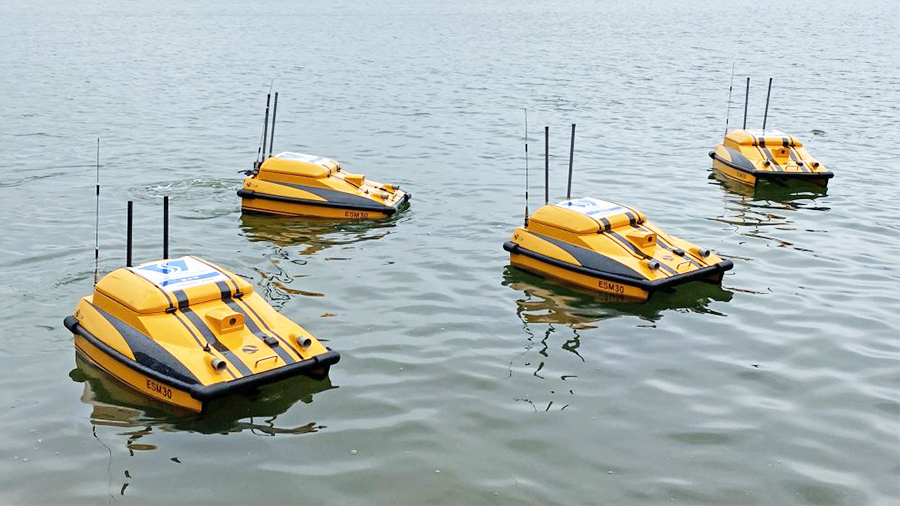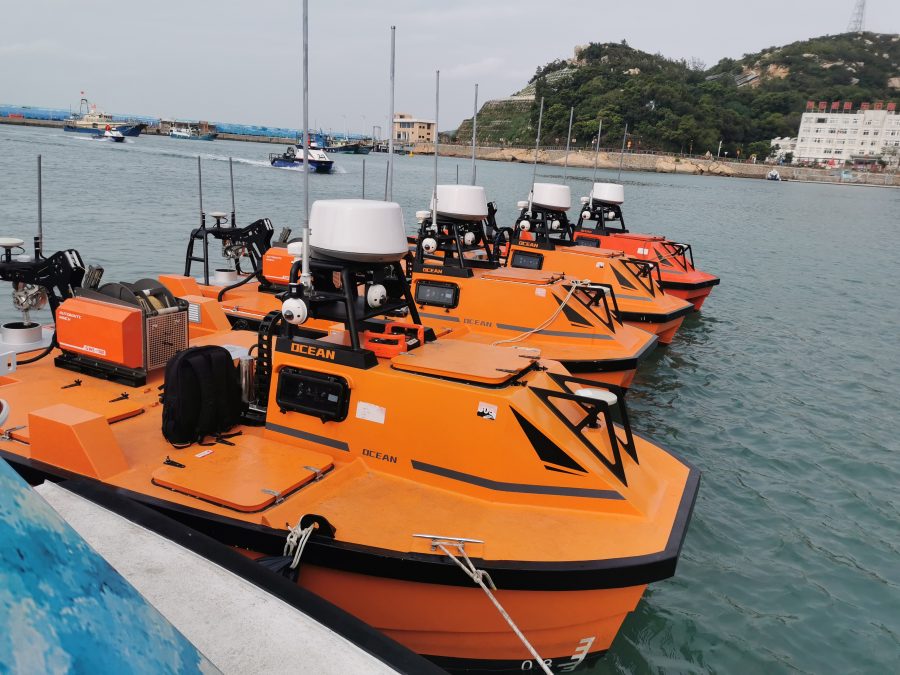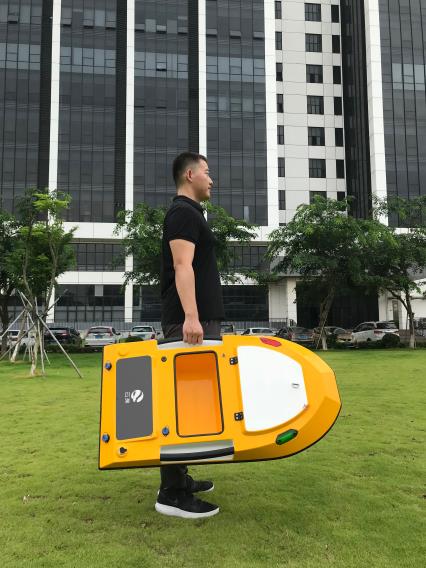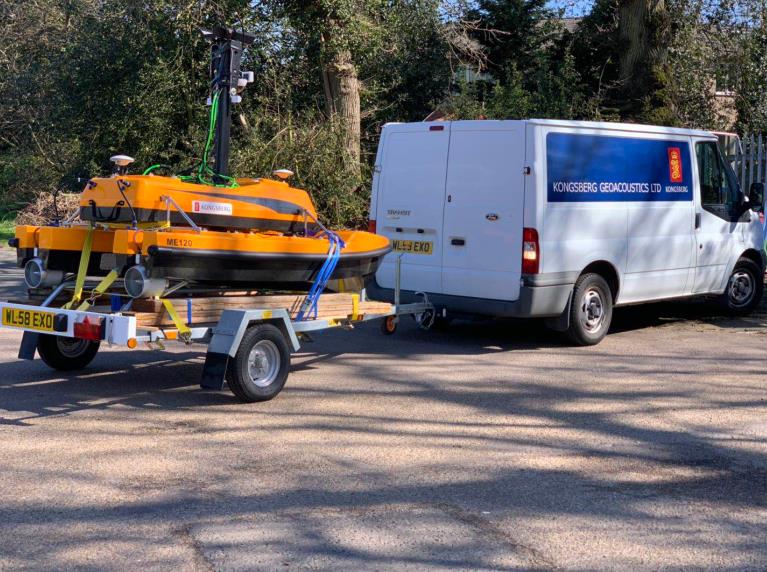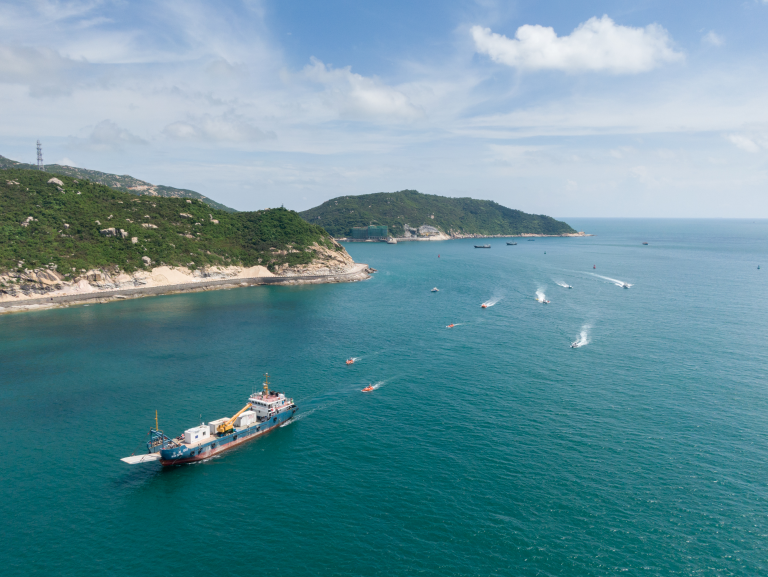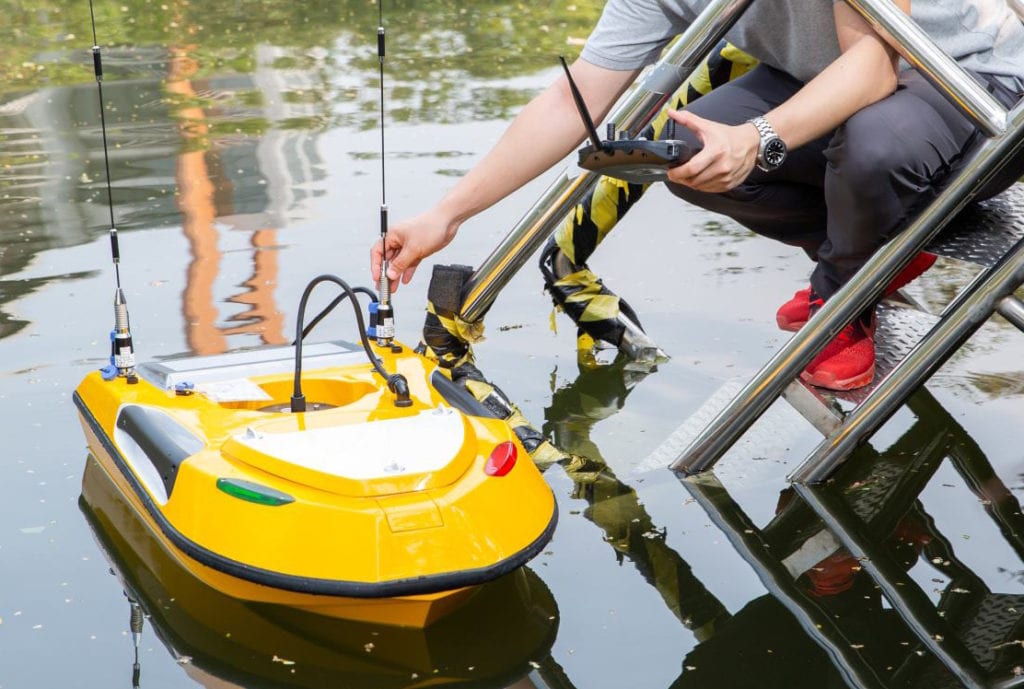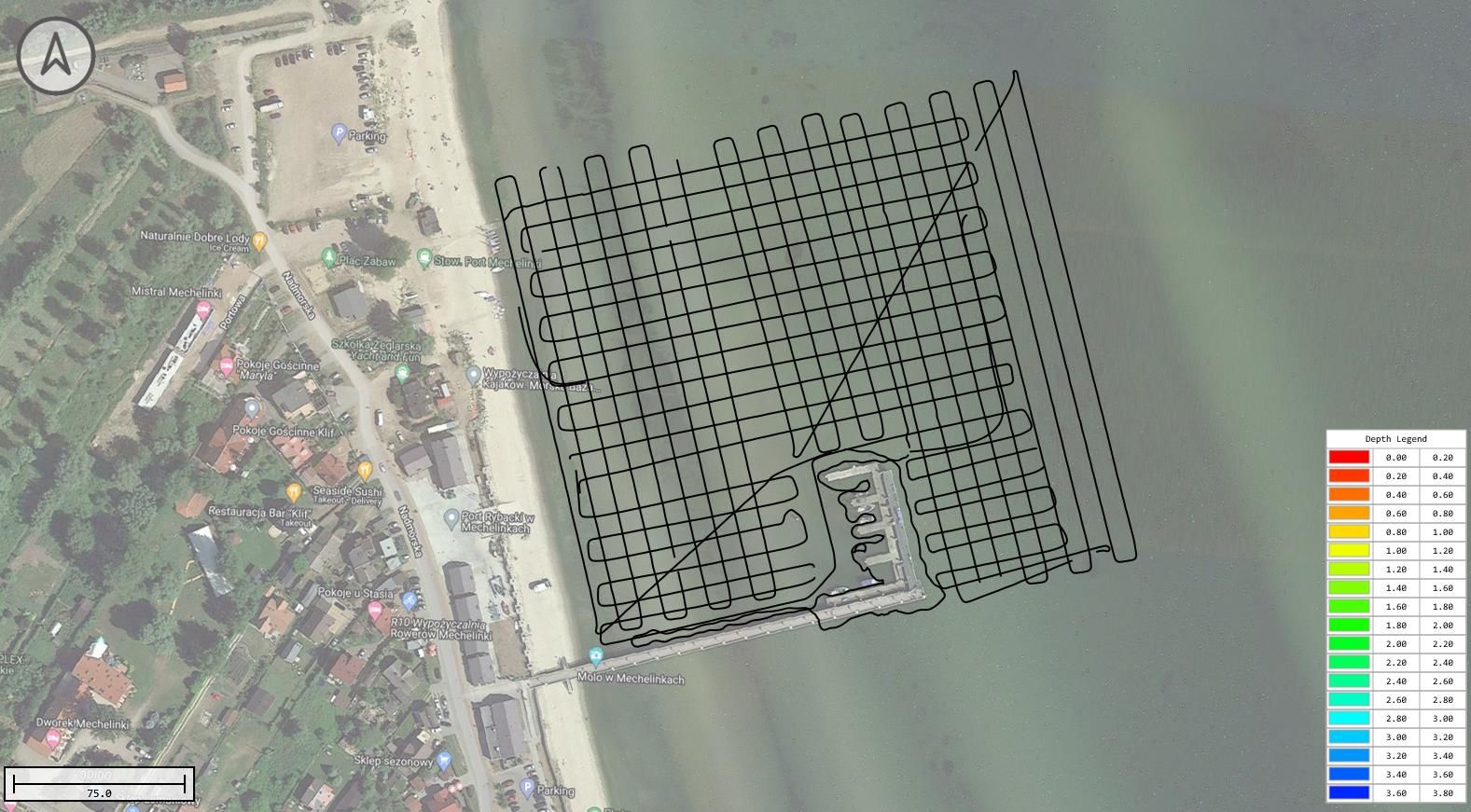Investing in an unmanned surface vehicle(USV) is not a small expense, and subsequent maintenance can become a hassle. Afraid of wasting your money and time on unqualified unmanned surface vehicle manufacturers? Think about the following points to get you started.
|
Contents 1. Can USV really work for you? 2. Can the USV carry your equipment? 3. Are all USVs multi-function? 4. How to choose the size of USV? 5. Remote or Auto, Difference? |
Can USV really work for you?
Unlike highly consumerized drones, the operation and maintenance of USVs still require users to have some certain professional foundation.
If you have a background in electronic technology, or experience in water quality monitoring, hydrography surveying, or marine investigation, you will find it rather handy when introducing USVs to your work routine.
In view of the rapid development of USV technology, there are often software and hardware updates. It is best to choose an experienced manufacturer to get yourself professional training and after-sales service.
Take OceanAlpha for example. In the past 10 years, we have sold more than 500 units of USVs to customers from governments, universities, scientific research institutions, and hydrography companies, etc., which has provided a wealth of application cases and experience.
Click the links below to explore application cases of different sectors.
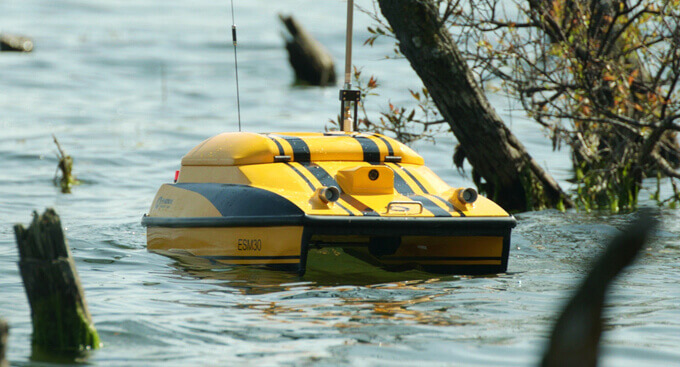 |
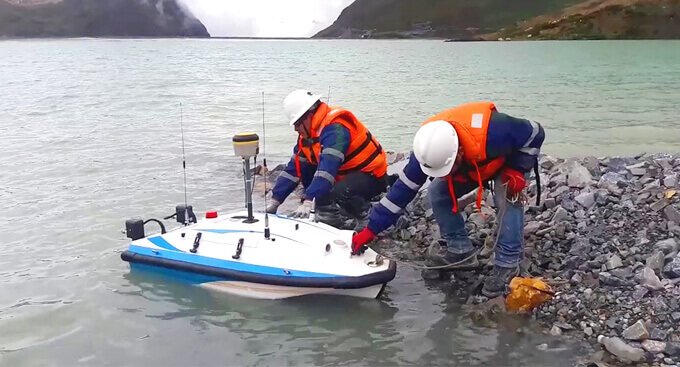 |
| · Water Quality Monitoring | · Hydrography Survey |
 |
 |
| · Patrol and Rescue | · Oceanography Survey |
Can the USV carry your equipment?
Due to payload and hull design limitations, not every USV can work well with your equipment. That the equipment model has been integrated and tested by the USV manufacturer and other users will guarantee you a better user experience.
If you’re considering a brand new integration, it is better to provide specific equipment parameters to the USV manufacturer and confirm that they can customize for you.
In OceanAlpha, we have years of experience of instrument integration. Here are some typical models of instruments that were tested and proved to work well on our USV.
| Water Quality Profiler |
YSI EXO2 Hydrolab MS5/DS5/DS5X |
| Multibeam/Singlebeam Echo Sounder |
R2Sonic 2020 Konsberg M3 RESON T20-P South Survey SDE-18S/SDE-28D, Hydro-tech MS400P Hai Ying Marine HY-1610(A)/HY-1611(A)/HY1500 |
| ADCP |
SonTek S5/M9 Link Quest 2000/800/600 RDI R5 RDI quartermaster ADCP WHM300 |
| Side Scan Sonar |
PING 3DSS-DX-450 LC Ocean Shark-S900U/Shark-S450U |
| GNSS/RTK |
Hemisphere V200S/V133 POS MV Surfmaster/Wavemaster/Oceanmaster |
| AIS | SIMRAD NAIS-500 |
| CTD | AML PDC-PLUS-P1S4-05 |
| LiDAR | Velodyne VLP-16 |
The list keeps expanding and you can find out more options by getting in touch with us.
Are all USVs multi-function?
According to the purpose of use, USVs can be divided into two categories, specific function ones, and multi-function ones.
USVs with specific functions are customized for a certain requirement, and the equipment on board is a set of fixed configurations that generally would not be altered in subsequent applications.
Examples include surface cleaning USV, water quality sampling USV.
Water quality sampling and monitoring USV ESM30
A multi-functional USV is also called a platform. It can fit with a series of equipment to perform a variety of tasks, such as bathymetric survey, multibeam mapping, flow measurement, geomagnetic observation and shallow seabed exploration ect.
Multi-function USV M40P can carry a wide range of equipments to conduct bathymetry, seabed mapping, UXO and geological hazard inspection.
In OceanAlpha, you can choose the most suitable platform for you from a wide range of specific functions and multi-function USVs.
How to choose the size of USV?
USVs of different sizes mean different weights, transportation and launching methods, and they all play a decisive role in your experience.
Small USVs can generally be transported by car or van, and can be moved and deployed by one or two people without additional assistance.
In other words, when the operation location is too dangerous for surveyors to set foot in, too costly to arrange a crewed boat to, or too shallow for crewed boats to enter, small USV would be a wise call.
Small USV can be hand-carried by one person
Medium and large USVs generally weigh more than 100kg and require trucks or trailers for transportation and crane deployment.
In places where the current is relatively turbulent with a wave heigh under 1.25 meters, such as rivers and coastal areas, you usually need a medium-sized unmanned ship to maintain a stable attitude.
Medium size USV transported by a trailer
Large USVs usually play the role as range extenders for offshore surveys. By transporting, launching, and synchronizing operations with a parentship, large USVs expand the flexibility and maneuverability of marine surveying and mapping.
large USVs collaborate with parent ship
Choosing a USV of the right size allows you to use it more frequently and maximize your benefits.
Remote or Auto, Difference?
The USV is mainly driven in two ways, remotely controlled and autonomous.
In remote control mode, you can control the navigation of the USV through a remote control, and even some simple instrument operations.
Generally speaking, if your job destination is a point, such as water quality sampling, or a line, such as flow rate measurement, remote control can meet your needs well.
USV in autonomous mode does not require manual operation. It can sail and collect data according to preset routes.
However, the realization of autonomous navigation requires more complex supporting conditions, including a shore-based control computer, navigation software, network construction (public network or self-organizing network), and the navigation module in the USV.
Autonomous navigation is most suitable for operations that require navigating back and forth in fixed waters, such as mapping, water quality monitoring, and patrols.
Navigation route of USV on the navigation software
Do you have questions yet to be answered? If you have, please feel free to contact us. Let’s ask more questions together and find the answers!

